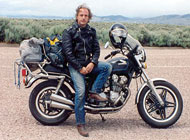Product Review: exo2 Heated Vest and Gloves
Thursday, December 24th, 2009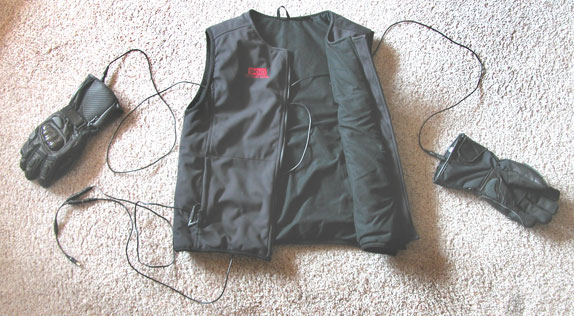
It’s bitter cold and snow is on the ground (and the roads!) and Dom Chang is reveling in his Ural sidecar rig that allows him to ride even in these conditions. This is the time of year for heated motorcycle gear. Fortuitously, I recently had the opportunity to test some electrics.
Mind you, I’m a firm believer in this stuff. I’ve had a Widder (company defunct now) electric vest for years and you’d better believe it’s been in use recently. What I tested was the StormRider body warmer, which is essentially a vest, and the StormShield gloves, which (surprise!) are heated gloves. They’re produced and sold by exo2 The Heat Inside.
Long story short, they worked great. The body warmer was very similar to my Widder vest, although it has more insulating power on its own, without the electrics turned on, and I appreciated the ability to adjust the heating level. My Widder is either off or on, unless you have a control unit, which I don’t.
The gloves were something new for me. First off, they’re heavy duty motorcycle gloves in their own right. They’ve got strategic padding and reinforcement, little wiper blades sewn onto the thumbs for wiping your visor and also provide significant insulation. Turn them on and you feel the heat instantly on the back of your hands. Very nice.
Rigging all this up was a bit of a challenge. You need to connect to your battery, then run the controller cable up to somewhere around the handlebars and instruments. There was nowhere for me to easily connect on my Concours so I just jerry-rigged it since I was only going to have it for a couple months to test. The cable splits coming off the battery and the other end runs to the vest. Another cable connects at the vest and that goes to the gloves. That cable itself splits and you run them up your back and down your sleeves.
Would I buy this gear? If I didn’t already have an electric vest I would definitely have purchased this one rather than returning it to the manufacturer. Of course, they would have given me a discount, so that would have helped make the decision easy. And I would definitely like to have those gloves, but rigging everything up for just the gloves, while still needing to rig up my Widder vest, would have been a bit much. Using the vest and gloves together just makes more sense.
If you don’t have electrics you don’t know what you’re missing. Don’t park that bike for the winter. Ride it. But stay warm in the process–it’s a lot more enjoyable.
Recent from National Motorcycle Examiner
MotoAdventureGal update: Reaction to a woman riding solo
Biker Quote for Today
So how long did it take you to push your bike 4k thru the snow?
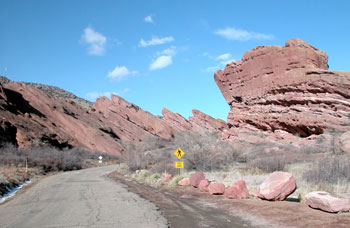
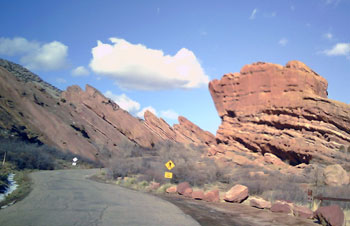
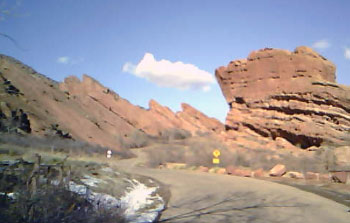
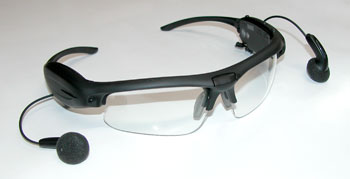 The way I see it, these things have a lot of potential. Many times I’ve ridden through Glenwood Canyon and wanted to get pictures for the website that do it justice, but the only way to do that would be to stop on the highway–not a safe move. A helmet cam has come to mind more than once.
The way I see it, these things have a lot of potential. Many times I’ve ridden through Glenwood Canyon and wanted to get pictures for the website that do it justice, but the only way to do that would be to stop on the highway–not a safe move. A helmet cam has come to mind more than once.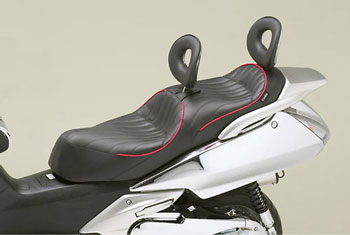 The surprising thing for me was that the company I had written about was Corbin-Pacific. It seems, as Gentry’s sister explains, that Mike Corbin started out in 1968 in the Corbin-Gentry company and then, “In the mid ’80s Corbin split, taking 1/2 of the business with him to California leaving Gentry with the other 1/2.” Thus
The surprising thing for me was that the company I had written about was Corbin-Pacific. It seems, as Gentry’s sister explains, that Mike Corbin started out in 1968 in the Corbin-Gentry company and then, “In the mid ’80s Corbin split, taking 1/2 of the business with him to California leaving Gentry with the other 1/2.” Thus 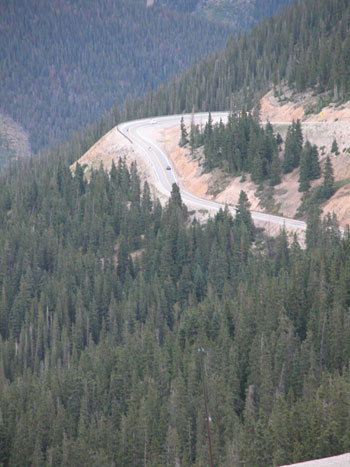
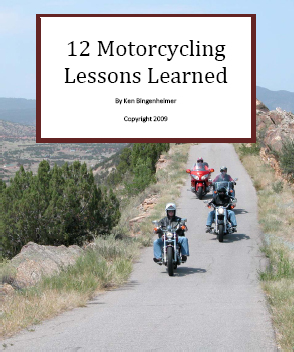
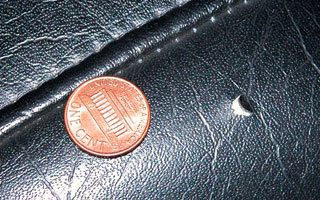 Then I saw an ad for a product that I figured would be worth a try. It’s called
Then I saw an ad for a product that I figured would be worth a try. It’s called 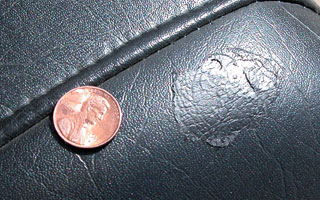 So here’s a shot of the finished product.
So here’s a shot of the finished product.